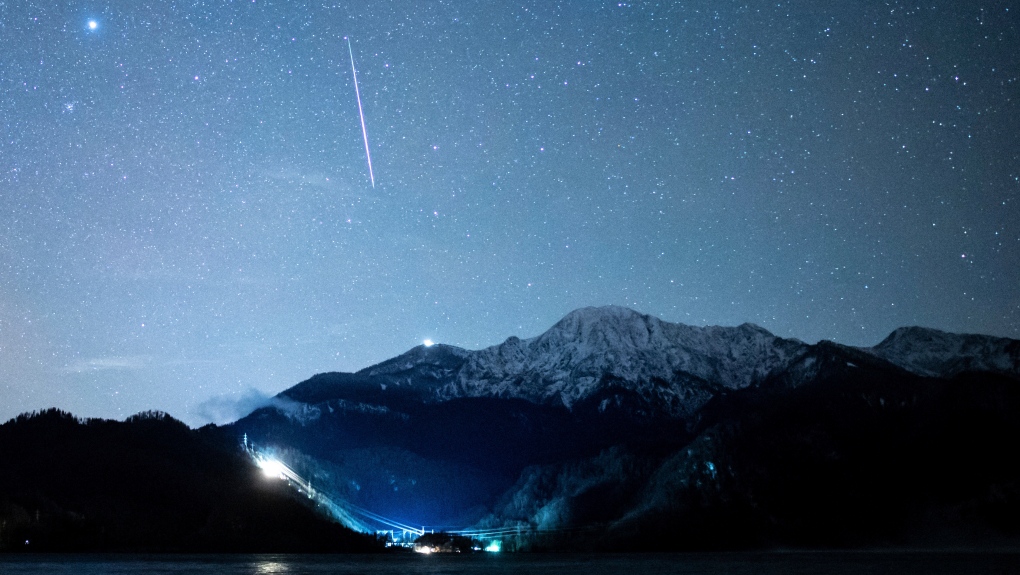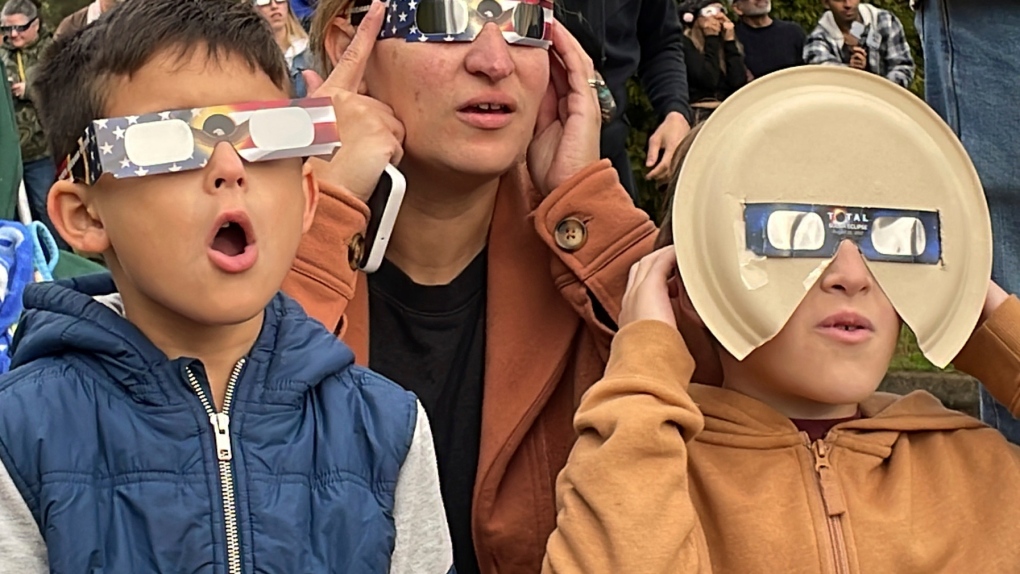It’s almost time for the annual light show that astronomers call one of the most impressive meteor showers of the year—the Geminids are set to be at their highest visibility this week, bringing hundreds of meteors streaking across the sky.
Peaking in mid-December every year, the Geminids meteor shower is “one of the best and most reliable” showers that brighten the sky every year, according to NASA.
Those hoping to get a show this year will want to set aside some time on Wednesday evening, as the shower is expected to hit its peak between Dec. 13 and 14.
“Most meteors appear to be colourless or white, however the Geminids appear with a greenish hue,” Bill Cooke, lead for the Meteoroid Environment Office at NASA’s Marshall Space Flight Center, said in a NASA blog post last week. “They’re pretty meteors!”
The blog post added that in rural areas, where darker skies allow for better viewing of celestial phenomenon, stargazers could see one meteor per minute this year during the peak.
HOW TO WATCH THE GEMINIDS METEOR SHOWER
While some celestial events are only visible from a specific patch of Earth at a time, such as eclipses, the Geminids meteor shower will be visible during its peak no matter where you are in the world. They’re called the Geminids because they appear to radiate outwards from the Gemini constellation, but the meteors can show up in any part of the sky as they move across the sky.
To get the best view, you should try and head to an area with as little light pollution as possible. Telescopes aren’t necessary—the best way to see meteors is just to keep your eyes on the sky so you don’t miss it when they do zip across in a quick beam of light.
NASA recommends that you come prepared for the winter weather and settle in for around 30 minutes at least in order to allow your eyes to adjust to the dark and be able to see meteors more easily.
The meteor shower is technically already active, as Earth is within its path from Nov. 19 to Dec. 24., but meteor activity will be at its peak this Wednesday night and into Thursday morning. According to the American Meteor Society, it’s the “one major shower” in which significant meteor activity can be seen before midnight as well as into the early hours of Thursday.
The Geminids first began to appear as a regular occurrence in our skies back in the mid-1800s. But its first few outings were nothing like the spectacle we get today, with only around 10 to 20 meteors streaking by per hour.
Today, we get treated to up to 120 meteors per hour during the peak of the meteor shower, assuming perfect viewing conditions of dark skies and no clouds.
The average person likely won’t be able to see quite that many this week, but even city-dwellers will be able to catch some meteors if they look up at the sky on Wednesday night into early Thursday morning. One factor in our favour is that the meteors won’t be competing with the Moon for visibility—the Moon will be barely a sliver in the sky when the meteor shower is set to be at its brightest.
The Geminids aren’t just an impressive meteor shower—they’re also the only major meteor shower which is caused by an asteroid rather than a comet.
When comets pass by the Sun, they leave traces of dust in their wake. Meteor showers are the result of the Earth spinning into these trails of dust, allowing those leftover bits to spark against our atmosphere and disintegrate in fiery lines.
But the origin of the Geminids isn’t a comet, but the asteroid 3200 Phaethon, which takes 1.4 years to orbit the Sun. This asteroid has long been a source of speculation and intrigue for astronomers as it’s an asteroid which acts similar to a comet, forming a tail and flaring bright when it gets close to the Sun.
A study published earlier this year which used two NASA solar observatories confirmed that 3200 Phaethon’s tail isn’t formed of dust and ice like a comet’s, but is instead made of sodium gas that is heated up as it gets closer to the Sun.
Another recent study, using data from the Parker Solar Probe spacecraft, has suggested that the event that started the Geminids meteor shower could’ve been a violent collision involving 3200 Phaethon and another object transiting near the Sun at the same time.




